Planning a Kruger National Park safari? Explore the pros and cons of self-drive vs. guided game drives, and discover which safari experience is best for you!
Lesser Known Animals of Kruger National Park: A Family Adventure

Explore the vital role of elephants in South Africa's Kruger National Park ecosystem. Discover how these gentle giants shape landscapes, foster biodiversity, and draw tourists to this iconic wildlife haven. Learn how Needles Lodge offers an immersive experience for travelers seeking close encounters with these magnificent creatures.
Kruger National Park, spanning vast expanses of untamed wilderness, is a sanctuary not just to the renowned Big Five but also to a plethora of lesser-known yet equally captivating creatures. These hidden gems of the park can infuse your family vacation with a dash of curiosity and wonder, offering a deeper connection to the wild.
We're embarking on a journey to uncover the mysteries of four such enigmatic beings residing in Kruger National Park: the elusive African wild cat, the pint-sized black-footed cat, the playful Cape clawless otter, and the clever honey guide. Our expedition will take us through the intricate details of their physical characteristics, their preferred habitats, their distinctive diets, and the fascinating nuances of their behavior.
Black-Footed Cat
The black-footed cat (Felis nigripes) is the smallest wild cat in Africa. It is also one of the deadliest, as it has a success rate of over 60% when hunting. Black-footed cats are about the size of a house cat, but they have a more slender build and powerful legs. They also have large ears and distinctive black markings on their feet.
Black-footed cats are most active at night. They are found in a variety of habitats, including deserts, grasslands, and woodlands.
Interesting facts about the black-footed cat:
- Black-footed cats are the smallest wild cats in the world.
- They are also the only wild cats that specialize in hunting termites.
- Black-footed cats are listed as Vulnerable on the IUCN Red List of Threatened Species.
- Black-footed cats are solitary animals, and they come together only to mate.
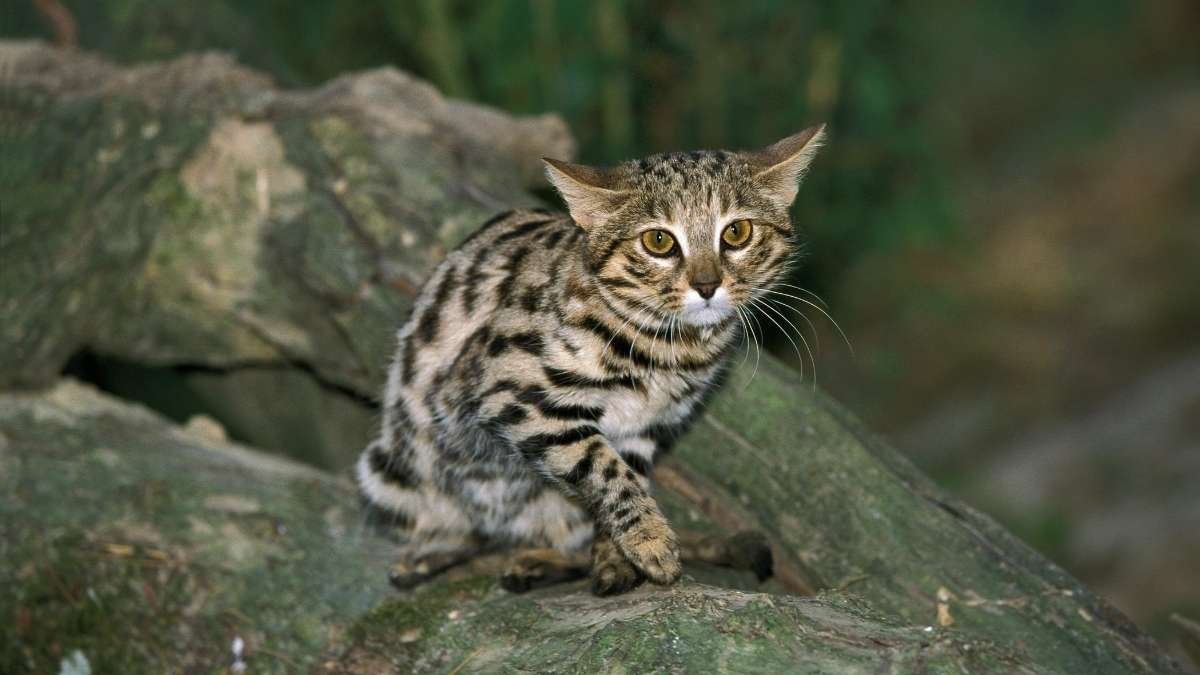
African Wild Cat
The African wild cat (Felis lybica) is the ancestor of the domestic cat. It is a solitary hunter that preys on rodents and small birds. African wild cats are about the size of a domestic cat, but they have a wilder appearance, with longer legs and a more pointed snout. They also have a distinctive striped tail.
African wild cats are most active at night, but they can sometimes be seen during the day. They are often found in areas with dense vegetation, such as woodlands and grasslands.
Interesting facts about the African wild cat:
- African wild cats are the most common wild cat in Africa.
- They are known for their intelligence and adaptability.
- African wild cats play an important role in the ecosystem by controlling rodent populations.
- African wild cats are known for their ability to mimic the calls of other animals. They can imitate the sounds of rodents, birds, and even primates to attract prey or confuse potential predators. This mimicry helps them
- in their hunting strategies.
Cape Clawless Otter
The Cape clawless otter (Aonyx capensis) is found in rivers and streams throughout Kruger National Park. It is known for its playful nature and its ability to swim underwater for up to six minutes. Cape clawless otters are about the size of a small dog, and they have a long, slender body and a thick coat of fur. They also have distinctive webbed feet and a powerful tail.
Cape clawless otters are most active during the day. They live in social groups called "rafts," which can contain up to 12 individuals.
Interesting facts about the Cape clawless otter:
- Cape clawless otters are the only otters that are found in Africa.
- They are also the only otters that have claws on their forefeet.
- Cape clawless otters are very playful animals, and they often spend hours splashing around in the water.
- Unlike some other otter species, Cape clawless otters don't build elaborate dens or holts for shelter. Instead of constructing dens, they often use natural shelters like riverbanks, caves, or even dense vegetation to give birth and protect their young.

Honey Guide
The honey guide (Indicator indicator) is a bird that is known for its unique relationship with humans. It will lead humans to beehives so that it can eat the wax and bee larvae. Honey guides are about the size of a sparrow, and they have a brown and white plumage. They also have a long, curved beak.
Honey guides are most active during the day. They are found in a variety of habitats, including forests, woodlands, and grasslands.
Interesting facts about the honey guide:
- Honey guides are the only birds that are known to have a mutually beneficial relationship with humans.
- Honey guides are very intelligent birds, and they are able to communicate with humans using a variety of vocalizations.
- Some species of honey guides are brood parasites, meaning they lay their eggs in the nests of other bird species.
- Honey guides have specialized tongues equipped with brush-like tips that aid them in extracting wax and honey from beehives.
A Greater Honeyguide feeds on honeycomb in South Africa. Photo: Nigel J. Dennis/Gallo Images/Corbis
Tips for spotting lesser known animals in Kruger National Park
Here are a few tips for spotting lesser known animals in Kruger National Park:
- Be patient and observant. Lesser known animals are often more shy than the Big Five, so it may take some time to spot them.
- Pay attention to your surroundings. Many lesser known animals are well-camouflaged, so it is important to be aware of your surroundings and to look for movement in the bushes and trees.
- Use binoculars. Binoculars can help you to get a closer look at animals that are further away, and they can also help you to identify animals that are difficult to see with the naked eye.
Family-friendly activities in Kruger National Park
Kruger National Park offers a variety of family-friendly activities, including:
Game drives. Game drives are a great way for families to see a variety of wildlife in Kruger National Park. Many game drive operators offer special family friendly drives, which are shorter and more interactive.
Bush walks. Bush walks are another great way for families to experience the African bush. Many bush walk operators offer special family-friendly walks, which are shorter and less strenuous.
Visiting the Kruger National Park Museum. The Kruger National Park Museum is a great place to learn about the history and culture of Kruger National Park.
Take a guided tour of one of the many cultural villages near Kruger National Park. Cultural villages offer a unique opportunity to learn about the culture and traditions of the local people.
Kruger National Park is a great place to see a variety of wildlife, including lesser-known animals. By following the tips above, you and your family can increase your chances of spotting these amazing creatures.
Additional tips:
- Be quiet. Lesser known animals are often more easily spooked than the Big Five, so it is important to be quiet when you are out in the bush.
- Dress appropriately. Wear comfortable shoes and clothing that is appropriate for the weather. It is also a good idea to wear a hat and sunscreen to protect yourself from the sun.
- Bring water and snacks. It is important to stay hydrated and energized when you are out in the bush.
- Be respectful of the wildlife. Remember that you are a guest in the animals' home. Do not approach or disturb them.
I hope you've found this blog article informative and inspiring. Now, it's time to turn your dreams of exploring South Africa's wonders into reality. Book your extraordinary journey with Needles Lodge today and embark on a solo female traveler's dream adventure. South Africa awaits, and we're here to make it unforgettable, safe, and truly extraordinary!
Further Reading
Learn the rules and guidelines for a safe and respectful visit to Kruger National Park. Explore tips on wildlife safety, park etiquette, and how to protect this natural wonder.


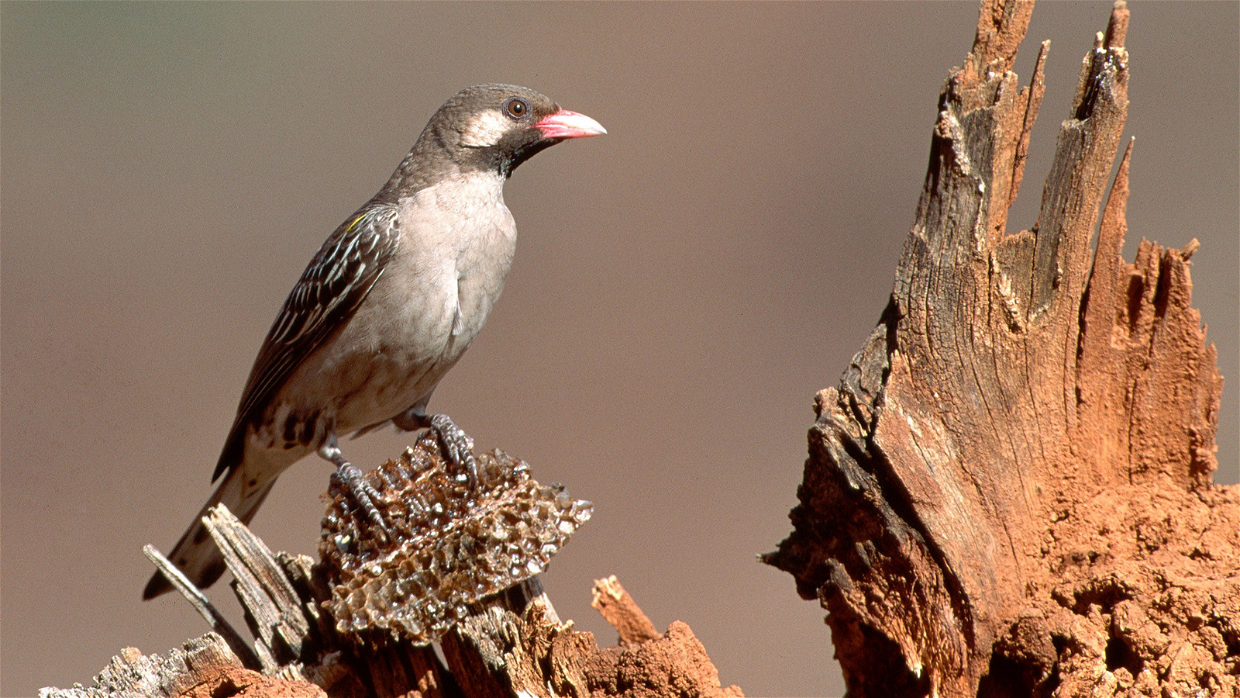
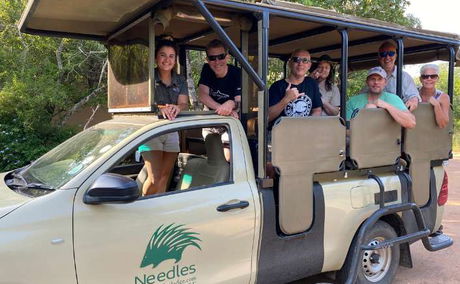
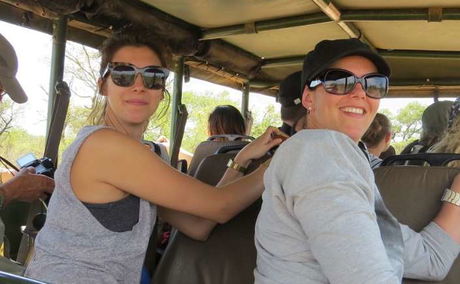

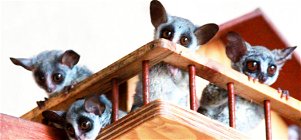
Share This Post